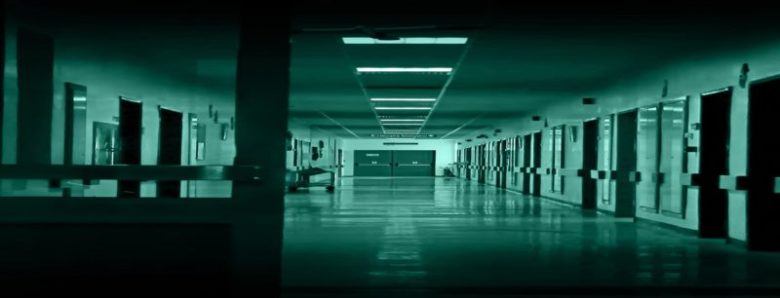
In the world of OHIP Hospitalist Billing, few codes lead to as much confusion as the day of discharge code – C124. This code, currently found on page 30 of the General Preamble of the Schedule of Benefits, is for the Most Responsible Physician (MRP) who completes a subsequent visit on the day a patient is discharged from the hospital. It’s almost twice as lucrative as a typical MRP subsequent visit ($58.80 vs. $31.00) because the MOH understands that it takes extra work and compensates physicians accordingly.
Specifically, C124 requires:
- completion of the discharge summary
- arrangement of follow-up care as necessary
- prescription of discharge medications
There are a few things that make this a tricky code to bill correctly. Below, we’ll look at a few common situations, and clarify the use of C124.
Transfers within the same hospital
On GP30 of the Schedule under Payment Rule D, it’s clear that C124 is not payable for “transfers within the same hospital”. However, that doesn’t stop many hospitalists from billing it when they transfer a patient from acute care to, say, the rehab floor. Why do many doctors bill it in this circumstance? Because hospitals often require the MRP to complete a record of the ‘discharge’ to rehab. Hospitalists must complete this paperwork to satisfy the internal demands of their hospital, and because these in-hospital transfers are called ‘discharges’, physicians often assume they are eligible to bill C124. But from the Ministry’s standpoint, this is not payable as C124 because it’s a transfer from one part of a hospital to another.
An interesting offshoot of this payment rule is that, as hospitals merge into hospital partnerships, it becomes less clear where one hospital ends and another begins. If a doctor discharges a patient from Oakville Trafalgar and transfers a patient to Milton District, at what point will OHIP challenge C124s in this case because both hospitals are under the Halton Health Services umbrella?
So why the confusion?
Along with the fact that hospitals have internal requirements that lead doctors to bill C124 for transfers, there’s another reason why physicians bill this code incorrectly in these transfer situations: The Ministry of Health usually pays it! The Ministry doesn’t always know it’s billed incorrectly – they assume the patient was actually discharged from the hospital, so they pay it as the doctor billed it. One consequence of billing this incorrectly is that, since C124 is only allowed once per hospital admission, the doctor who actually discharges the patient from the hospital later on will have their discharge code disallowed. We’ve seen this happen too many times to count, and it’s quite time consuming and difficult to get this reversed and paid properly.
When a patient passes
When a patient passes away, the MRP cannot bill C124. Though this is not explicitly stated in the Schedule of Benefits, we’ve queried Medical Advisors within the Ministry of Health about this, and they’ve explained it as follows: To bill C124, the physician needs to include the “discharge diagnosis” and “medications on discharge” in the discharge summary – not the reason for death or the medications the patient was on at the time of death. Since most hospitals require ‘discharge notes’ to be completed on deceased patients internally, doctors often mistakenly believe they are eligible to bill C124.
So, what should a hospitalist bill on the day a patient passes away? It depends what services were completed of course, but if the patient was assessed and then died afterwards, the physician can bill a routine subsequent visit (C132 or C002 depending on speciality). The physician could also bill a C771 – certification of death – if they complete the death certificate. If the physician is called for the pronouncement of death, they can bill C777 or, if on an urgent call, A777. Since C777 includes an assessment it can’t be billed with an MRP subsequent visit but rather replaces it.
If you have any questions about the C124 code, or hospitalist billing codes in general check out our other hospital billing blogs or get in touch with JCL!
